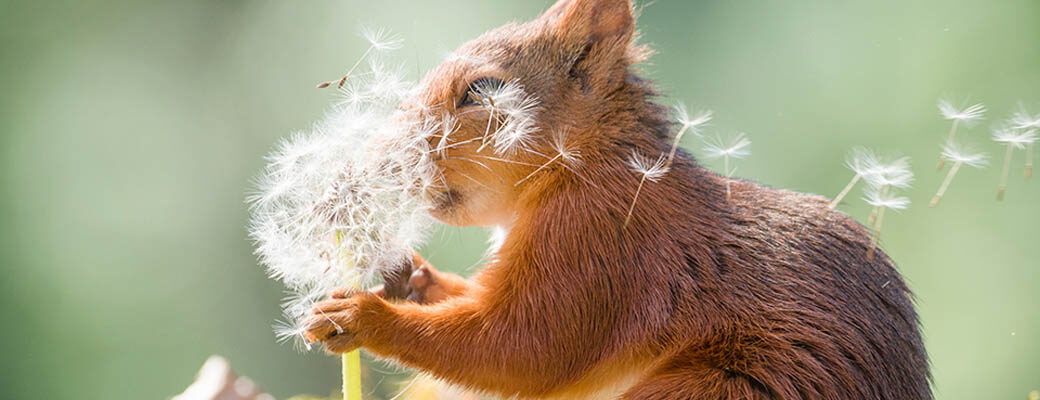Nature photography is extremely popular. Yet animals that move unpredictably quickly, irregularly, and suddenly are among the most difficult subjects to photograph.
However, with the right knowledge, equipment, and a little patience, great results can be achieved. As for most genres of photography, preparation, position, local knowledge and equipment are very good prerequisites for nature photography.
In addition, here are six tips for great nature photography:
1. Familiarize yourself with the subject
Knowing the location and behavior of the animal you are trying to photograph is important as it will save you a lot of time on site. Knowing the time of year and day at which the animal is active helps when planning the recording. Good nature shots are seldom made without the necessary knowledge and planning. Nature photography is extremely popular. Yet animals that move unpredictably quickly, irregularly, and suddenly are among the most difficult subjects to photograph.
However, with the right knowledge, equipment, and a little patience, great results can be achieved. Similar to sports photography, preparation, position, local knowledge and equipment are very good prerequisites for nature photography.
2. Practice makes perfect
There is little point in being in the perfect place at the ideal time, but not knowing how to photograph the subject in front of the camera. Holding on for a fraction of a second takes practice. You can hang bird feeders in a tree in the garden and photograph the birds through the window or from a makeshift hiding place.
Alternatively, you can take your camera to the zoo to learn more about animal behavior. The more you train your eye and reaction times on animal behavior, the better you will be at recording it in nature.
3. Get close
Most great nature shots show the action up close. However, if you get too close to wild animals, this changes their behavior or scares them away completely. Therefore, a zoom lens is of great use here. This brings you closer to the details of the motif and can later enlarge the motif even further by cropping.
4. Focus properly
In nature photography, it is extremely important that your subject is focused in the right places. The first step in controlling focus is to select the AF point. This is where the central AF field is usually the most sensitive and therefore leads to the best results.
Try to focus on the most important part of the animal, which is mostly the eyes. Test the AI-Servo mode, with which the camera tracks the focus on the subject, and use the focus button on the back of the camera so that the shutter button is always ready for the picture.
5. Think about the light
Your pictures will be even better if you photograph your subjects in optimal light. Depending on the animal’s behavior, you should try to take advantage of the sun early in the morning or in the late evening. It provides a special warm light that makes the colors look more beautiful and casts interesting shadows.
6. Speed matters
The correct exposure time is the key to a good nature picture. When shooting fast action, the logical next step is to do it with short exposure times. In many cases this is also the right solution. With a slightly longer exposure time, however, your subject will get a bit of motion blur, for example on the wing tips, which gives the picture an additional feeling of movement.
Once you are well acquainted with your equipment, try increasing the exposure time even further to increase this effect, or try the panning technique.

A creative writer and image critic specialising in the intersection of architecture and visual culture, with a focus on contemporary design aesthetics and photographic composition.

